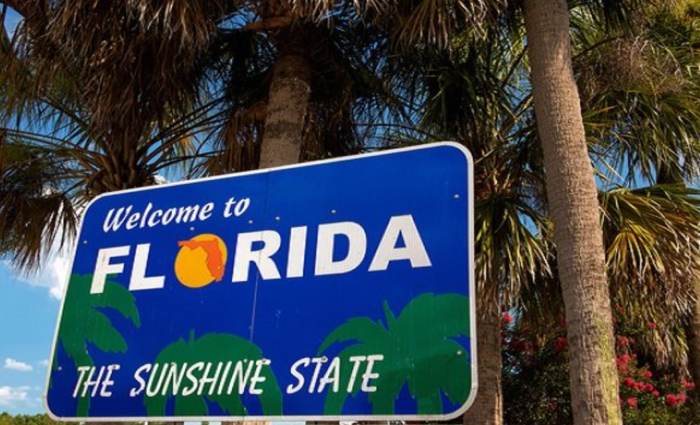
The recently enacted Florida property insurance market reform that provides an additional layer of state-backed reinsurance to carriers operating in the state is not anticipated to deliver the reductions in policyholder premiums that many had hoped for, according to reports.The reform in question is .That special legislative session saw Florida’s lawmakers trying to develop a package of reforms for the state’s dysfunctional property insurance market, in the hope of reducing some of the issues such as litigation that have plagued the state’s insurance market in recent years, as well as both improving the situation for policyholders and enabling thinly capitalised carriers to get through what has been a particularly challenging reinsurance renewal season.The Reinsurance to Assist Policyholders (RAP) program is designed to act as a lower-layer of sorts to the Florida Hurricane Catastrophe Fund (FHCF), providing an additional taxpayer funded reinsurance support mechanism for the insurance carriers that were struggling to pay for and complete their reinsurance towers lower down.
Completing those lower-layers of reinsurance towers was particularly difficult and expensive at this year’s renewal season, with significant rate increases and also a far lower appetite from the reinsurance and ILS market for them.As a result, providing an emergency layer of additional state-supported reinsurance was seen as one way to enable carriers to get closer to securing the protection they needed in advance of the all-important ratings reviews and hurricane season.The RAP fund has a two-year term and any insurers signing up to use this source of reinsurance capacity were immediately required to file a supplemental rate filing and provide relief to policyholders (lower rates) once enrolled.
Basically, any cost-savings the insurer benefited from by tapping the RAP fund for reinsurance, should have been passed onto their customers.However, it appears that the benefit to carriers of this reinsurance will not translate into meaningful savings for policyholders at all, with low single-digit rate cut requests being filed by carriers that have recently hiked them by 30% and much more in some cases.The final date to provide those rate filings to the Florida Office of Insurance Regulation by was June 30th and according to local news reports from media sources including WKMG News 6 in Orlando, which suggest almost 70 insurers have filed a RAP related rate reduction proposal.
Which, if nothing else, suggests a broad uptake of the RAP by Florida’s insurance carriers.News sources have been analysing the rate reductions requested, with the majority seeming to fall into the 1% to 2% range, they say.Paul Handerhan, President of the Federal Association for Insurance Reform, said rate reductions of this kind are “not really meaningful” and that they are unlikely to actually mean customers pay any less in premium terms at their next insurance renewal.
Many Florida insurers have been securing significant rate increases this year, so these RAP Fund related reductions are barely moving the needle and mean homeowners premiums are still set to increase.Lawmakers had said, when debating and passing the legislative reforms, that homeowners should see premium reductions within 12 to 18 months, but that seems highly unlikely unless some of the other special session reforms make a significant difference in Florida, which many debate as unlikely.It has been said that it will be , which means very slim rate reductions solely related to the RAP fund are perhaps to be expected.
The questions will come if premiums fail to decline at all, which seems a possibility, as rate increases in the last year have far-outpaced any benefits of the RAP so far and unless the litigation reforms work, may continue to do so...
...
...
...
...
...
...
...
...
...
...
...
...
..———————————————————————
Tickets are now on sale.—————————————
Publisher: Artemis








